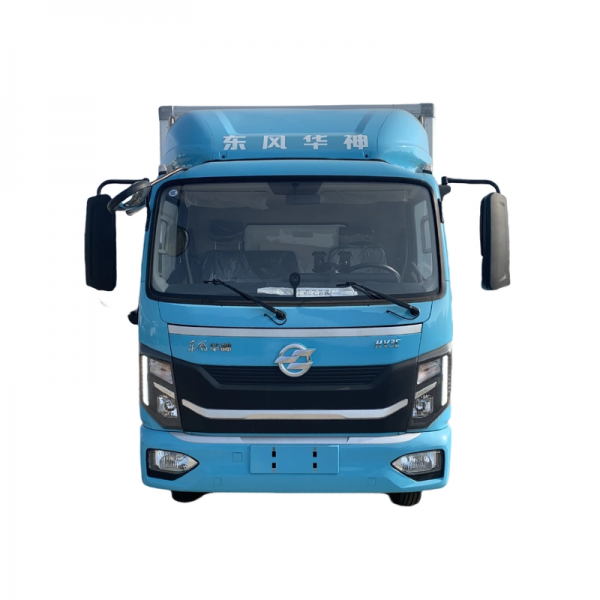Introduction
Truck mounted cranes play a crucial role in various industries such as construction, transportation, and logistics. These versatile machines are used to lift and move heavy loads with precision and efficiency. One of the critical factors to consider when operating a truck mounted crane is its weight capacity. In this article, we will delve into the importance of understanding truck mounted crane weight, its significance in safety and performance, and how proper weight management can enhance overall operations.
Understanding Truck Mounted Crane Weight
Truck mounted cranes are designed to lift and transport heavy loads, but their capacity is not limitless. Each crane model is rated for a specific maximum weight that it can safely lift and carry. This weight capacity is determined by several factors, including the crane's structural strength, hydraulic system capacity, and stability.
The weight of a truck mounted crane is composed of two main components: the crane itself and the truck chassis it is mounted on. The crane's weight includes the boom, counterweights, and other components, while the truck chassis contributes its own weight as the base support for the crane.
Proper weight distribution is essential for the safe and efficient operation of a truck mounted crane. Overloading a crane can lead to structural damage, hydraulic system failure, and instability, posing serious risks to both personnel and property. Therefore, it is crucial to adhere to the crane's weight capacity limits and ensure that loads are properly balanced and secured.
Significance of Weight Capacity in Safety
Safety is paramount in any crane operation, and understanding and adhering to weight capacity limits is a fundamental aspect of ensuring a safe working environment. Exceeding a crane's weight capacity can lead to catastrophic accidents, such as tip-overs, structural failure, and loss of control.
By staying within the prescribed weight limits, operators can minimize the risks associated with crane operations and protect themselves, their colleagues, and bystanders from harm. Regular inspections and maintenance of the crane's components, including the hydraulic system, structural integrity, and weight distribution, are essential for maintaining safe operation.
In addition to adhering to weight capacity limits, operators should also consider other factors that can affect crane safety, such as wind conditions, terrain stability, and proximity to power lines and other obstacles. Proper training and certification for crane operators are crucial for ensuring that they have the knowledge and skills to operate the equipment safely and effectively.
Enhancing Performance Through Weight Management
While safety is the primary concern when it comes to truck mounted crane weight, proper weight management can also have a significant impact on performance and operational efficiency. By optimizing Related Site and load capacity, operators can improve productivity, reduce fuel consumption, and minimize wear and tear on the equipment.
Efficient weight management involves balancing the load properly on the crane's boom and ensuring that the truck chassis can support the combined weight of the crane and the load. Overloading the crane can lead to increased fuel consumption, reduced maneuverability, and decreased lifting capacity, all of which can impact the crane's performance and longevity.
Regular monitoring of the crane's weight capacity and load distribution is essential for maximizing performance and minimizing downtime. By keeping detailed records of the loads lifted, the operating conditions, and any issues encountered during operation, operators can identify trends and make informed decisions to improve efficiency and safety.

Conclusion
Truck mounted crane weight is a critical factor that influences the safety, performance, and efficiency of crane operations. By understanding the importance of weight capacity limits, adhering to safety regulations, and implementing proper weight management practices, operators can enhance the overall effectiveness of their crane operations.
Safety should always be the top priority when operating a truck mounted crane, and operators must be vigilant in monitoring weight capacity limits and ensuring that loads are properly balanced and secured. By maintaining a focus on safety and performance, operators can achieve optimal results and contribute to a safer and more efficient work environment.
